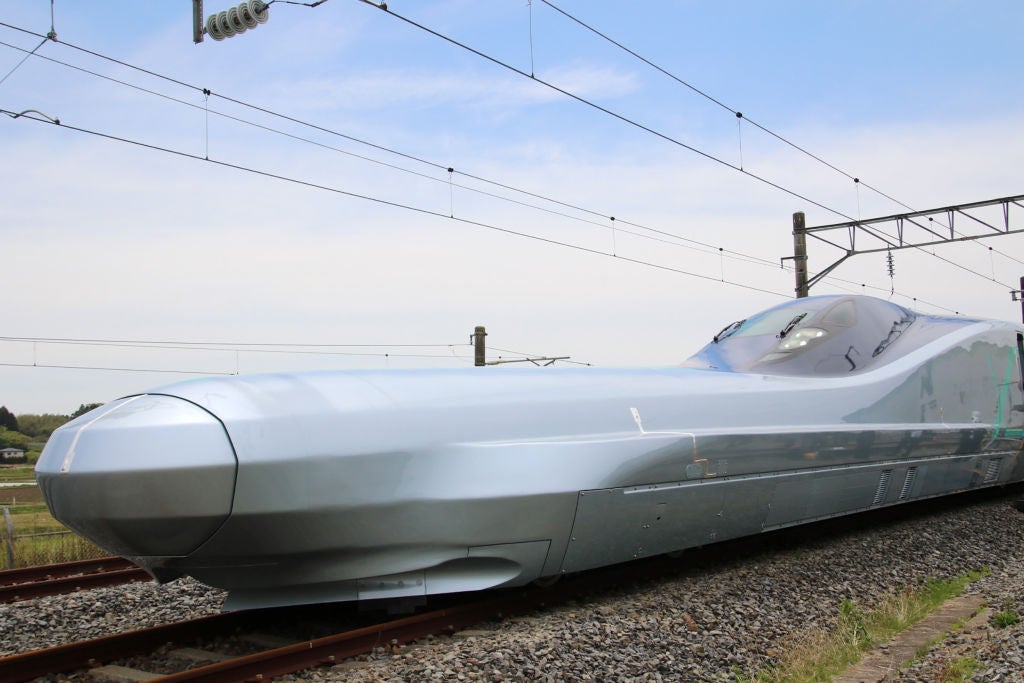China unveils levitating train that can travel at 400mph
China has unveiled a prototype of a new levitating train, which it claims is capable of reaching speeds of up to 400mph.
A shortened version of the High Temperature Superconducting (HTS) high-speed “maglev” train, consisting of just one carriage, was displayed on a limited length of test track in Chengdu on 13 January.
Created by scientists at the Southwest Jiaotong University, the train has no wheels and instead uses magnets which allow it to “hover” just above the track, resulting in frictionless, faster travel.
Magnets are also used to propel the train – opposite poles attract and pull it forward, while the same poles repel and push the train.
Read more
The train is designed to travel at 385mph – a speed which would equate to the London-Paris journey taking just over 47 minutes – but scientists think speeds could, at some point, reach 497mph.
It’s also designed to be driverless, capable of self-directing and self-stabilising.
The sleek design includes a smooth, curved nose, finely tuned to be as aerodynamic as possible, while inside the carriage a communal area with sofas was on display alongside more regular seats.
INDY/GO Weekly Newsletter
TIME TO TRAVEL!
Read our full mailing list consent terms here
INDY/GO Weekly Newsletter
TIME TO TRAVEL!
Read our full mailing list consent terms here
Wu Zili, a senior engineer at Southwest Jiaotong University, said the HTS train “doesn’t need any extra energy to keep itself in suspension”, which makes it “energy efficient”, reports the Scottish Sun.
Although the prototype was revealed to much fanfare, it has yet to complete a full journey; it could be some time before the finished product is ready.
The plan is for the technology to eventually be used for a high-speed rail link between Chengdu and Chongqing in China’s Sichuan province.
If successful, it would halve the journey time between the two cities to just half an hour, according to local media.
It follows the launch of a driverless train capable of travelling at 215mph in China this time last year.
The service connects Beijing with Zhangjiakou, two of the main host cities of the 2022 Winter Olympics.
It slashed the journey time from three hours to just 47 minutes.
The Jing-Zhang high-speed railway also stops at Yanqing, another host city, along with seven other stations, including Badaling Chang Cheng, home to one of the Great Wall of China’s most popular sections.
Source: Read Full Article






